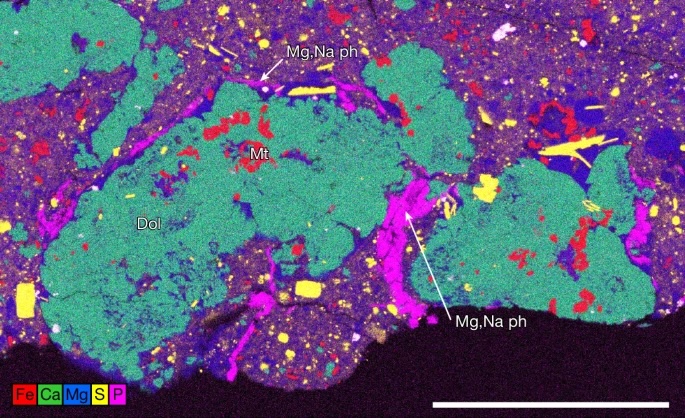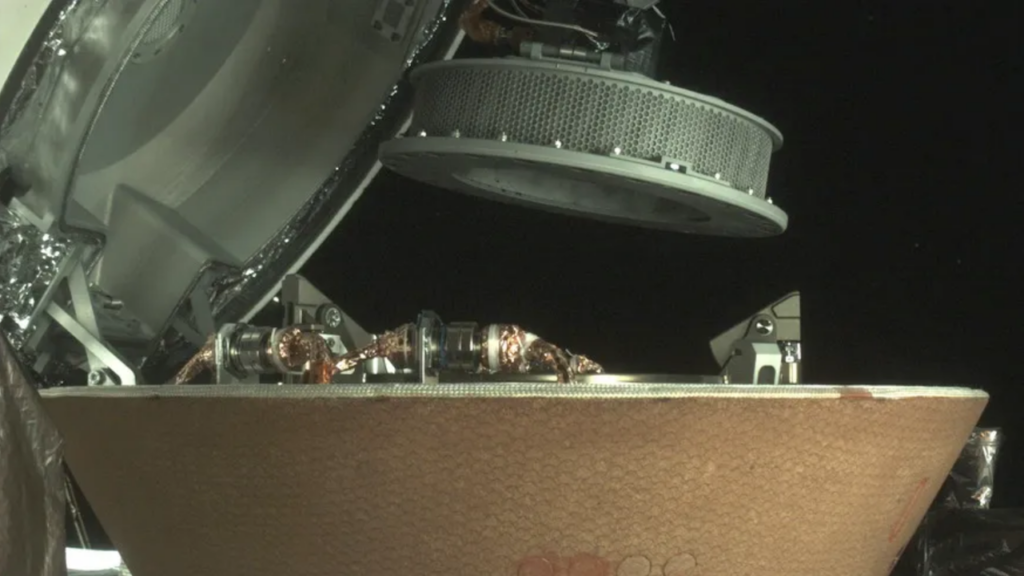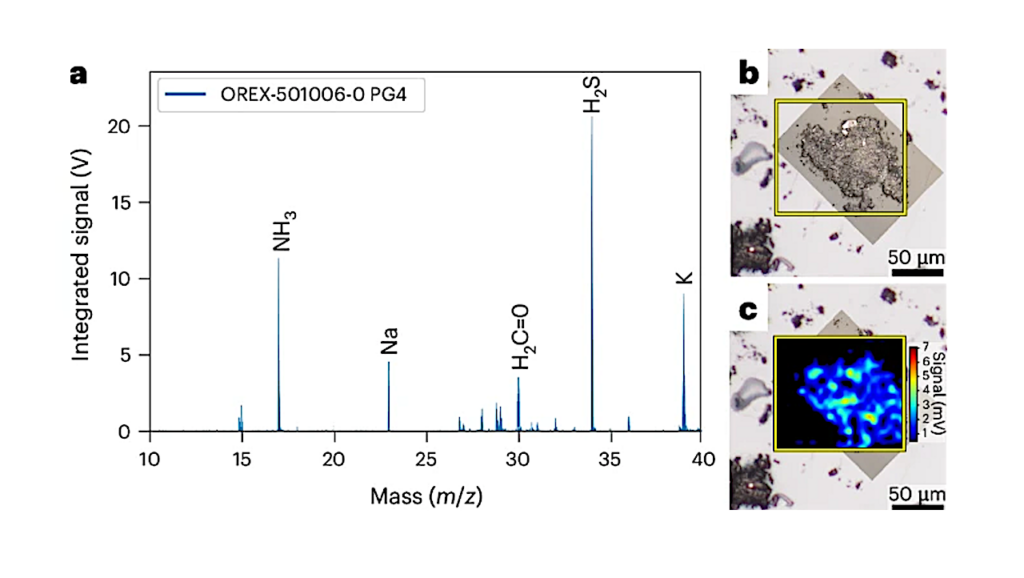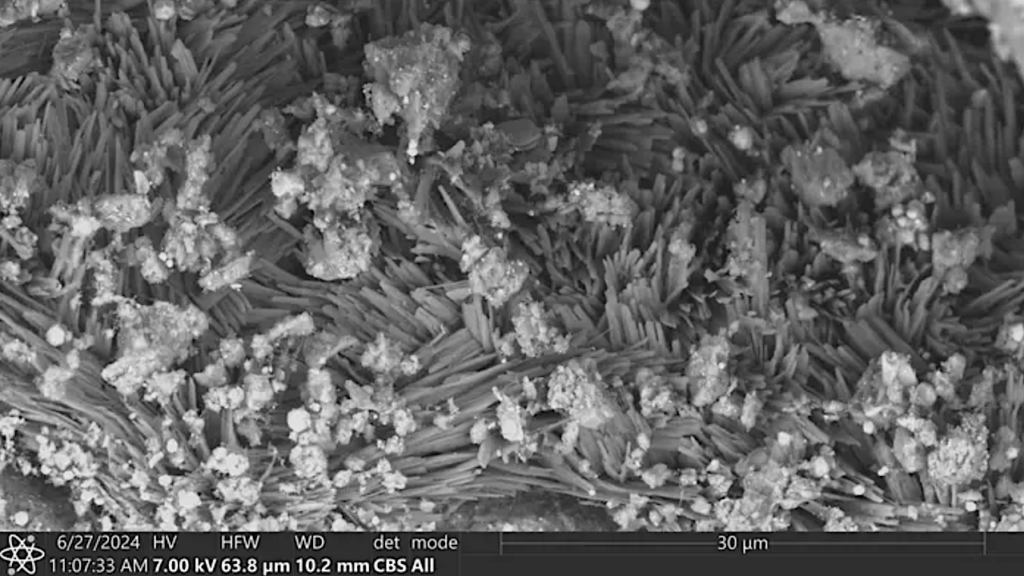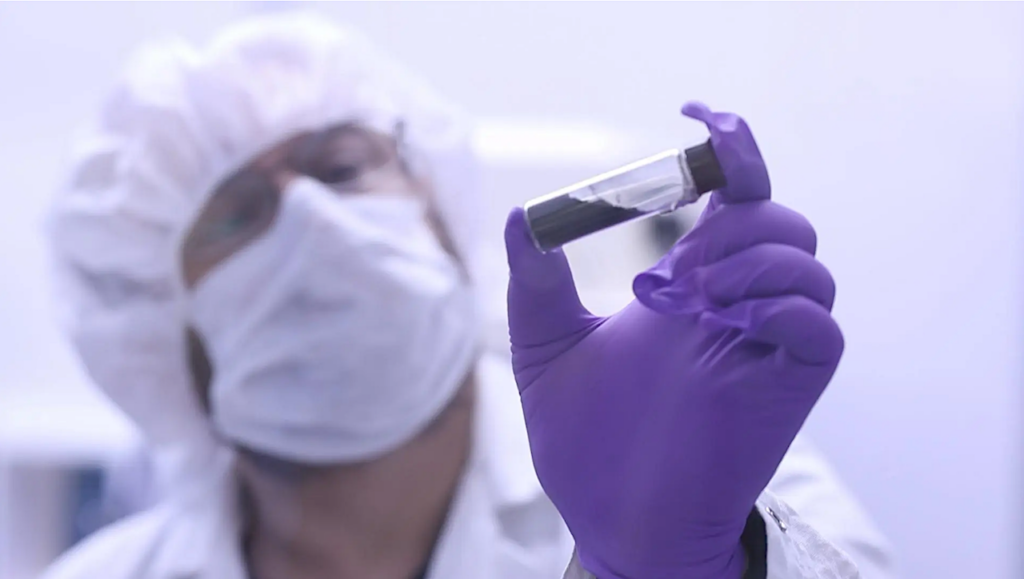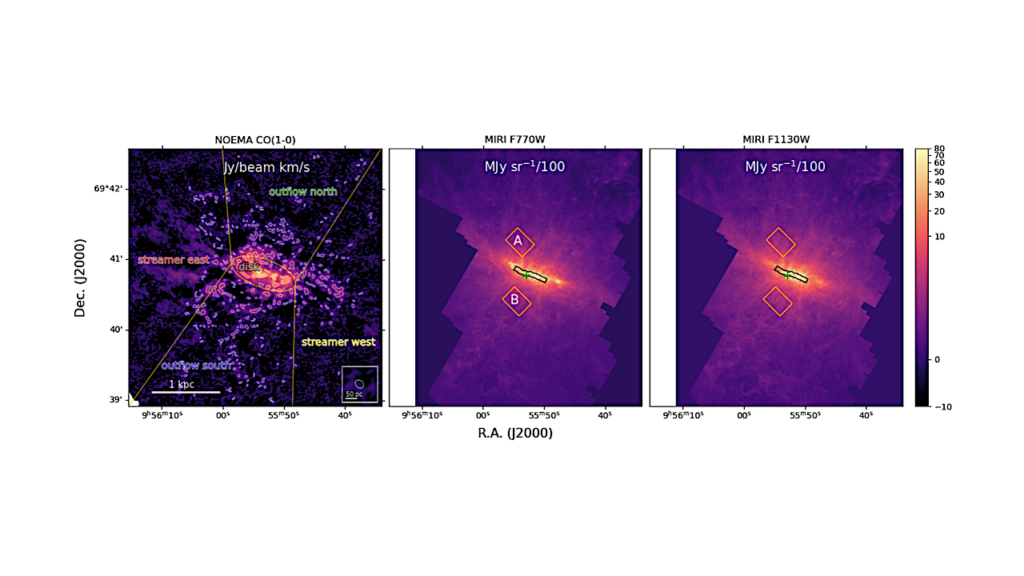Astrochemical Models Of Interstellar Ices: History Matters
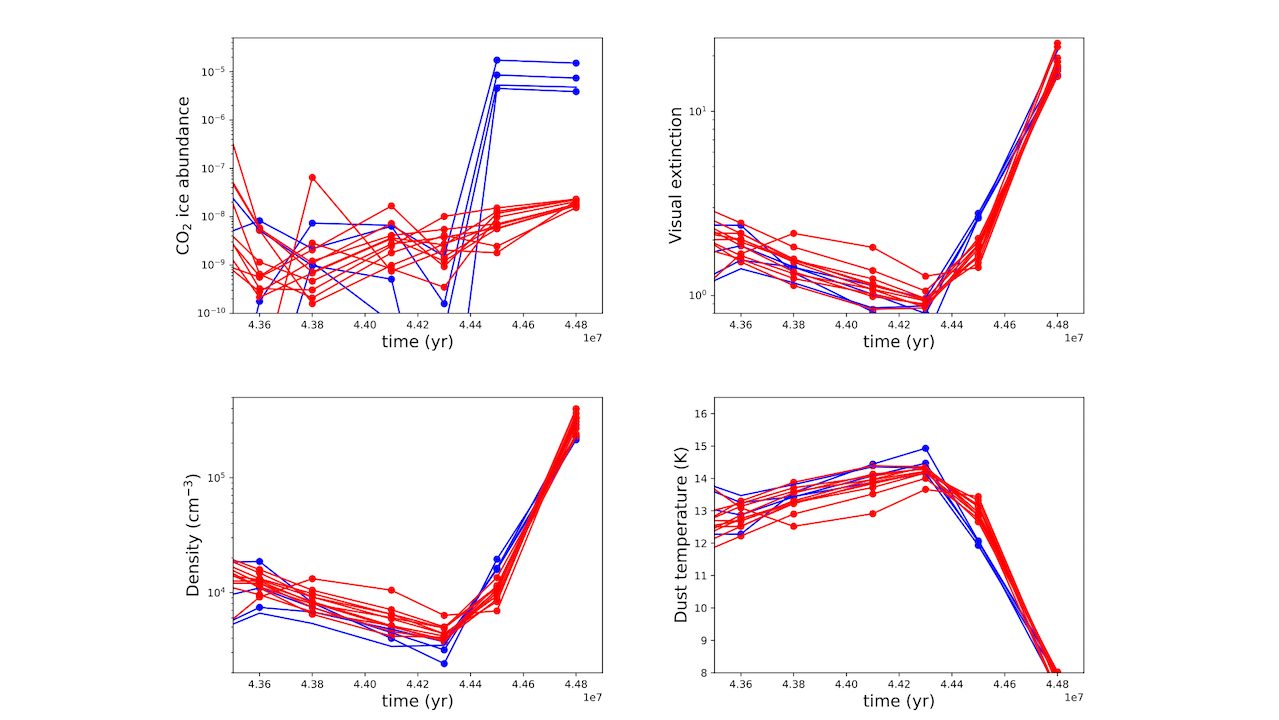
Ice is ubiquitous in the interstellar medium. We model the formation of the main constituents of interstellar ices, including H2O, CO2 , CO, and CH3 OH.
We strive to understand what physical or chemical parameters influence the final composition of the ice and how they benchmark to what has already been observed, with the aim of applying these models to the preparation and analysis of JWST observations.
We used the Nautilus gas-grain model, which computes the gas and ice composition as a function of time for a set of physical conditions, starting from an initial gas phase composition. All important processes (gas-phase reactions, gas-grain interactions, and grain surface processes) are included and solved with the rate equation approximation.
We first ran an astrochemical code for fixed conditions of temperature and density mapped in the cold core L429-C to benchmark the chemistry. One key parameter was revealed to be the dust temperature. When the dust temperature is higher than 12 K, CO2 will form efficiently at the expense of H2O, while at temperatures below 12 K, it will not form. Whatever hypothesis we assumed for the chemistry (within realistic conditions), the static simulations failed to reproduce the observed trends of interstellar ices in our target core.
In a second step, we simulated the chemical evolution of parcels of gas undergoing different physical and chemical situations throughout the molecular cloud evolution and starting a few 1e7 yr prior to the core formation (dynamical simulations). Our dynamical simulations satisfactorily reproduce the main trends already observed for interstellar ices.
Moreover, we predict that the apparent constant ratio of CO2/H2O observed to date is probably not true for regions of low AV , and that the history of the evolution of clouds plays an essential role, even prior to their formation.
A. Clément, A. Taillard, V. Wakelam, P. Gratier, J.-C. Loison, E. Dartois, F. Dulieu, J. A. Noble, M. Chabot
Comments: Accepted for publication in A&A
Subjects: Astrophysics of Galaxies (astro-ph.GA)
Cite as: arXiv:2306.08346 [astro-ph.GA] (or arXiv:2306.08346v1 [astro-ph.GA] for this version)
Submission history
From: Valentine Wakelam
[v1] Wed, 14 Jun 2023 08:34:14 UTC (17,802 KB)
https://arxiv.org/abs/2306.08346
Astrobiology, Astrochemistry


